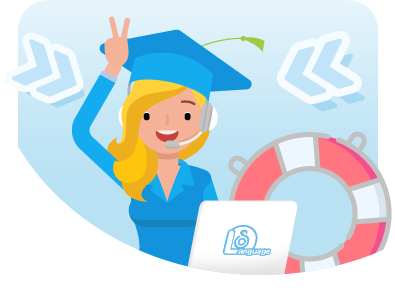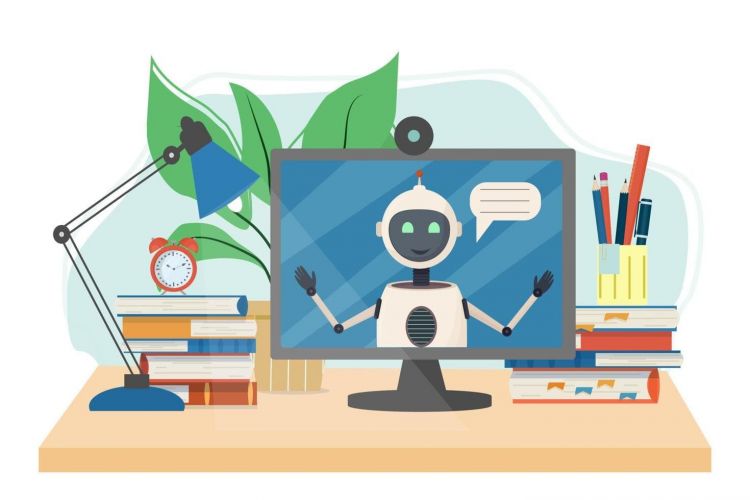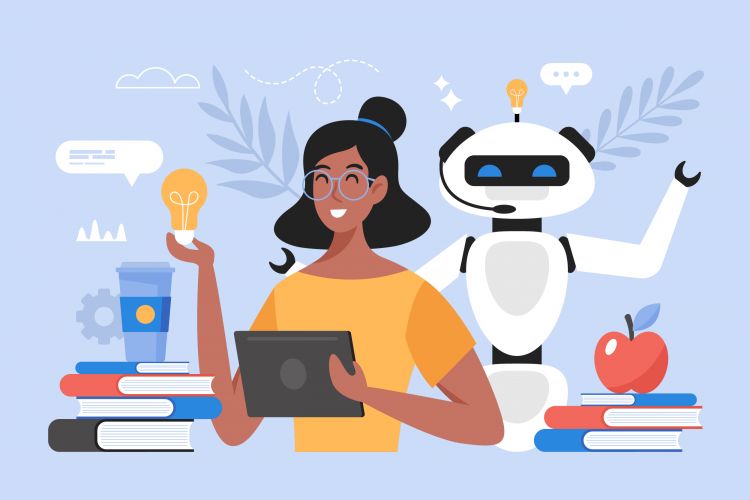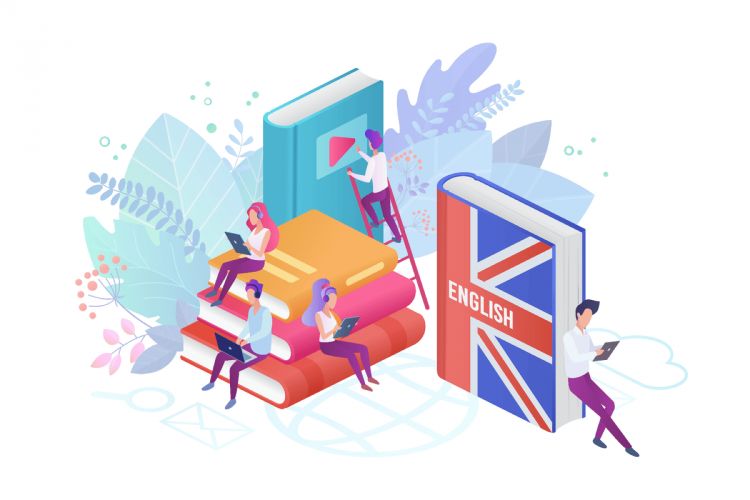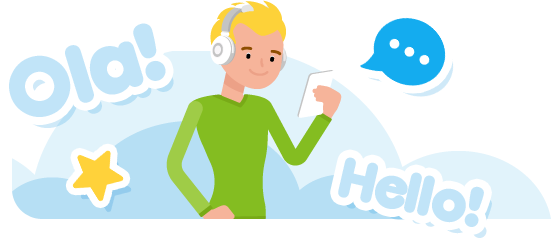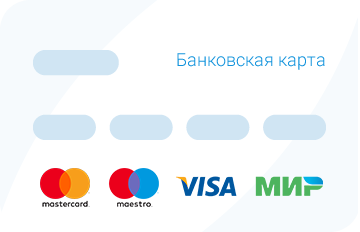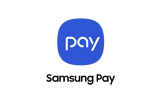
Learning English has traditionally been associated with certain difficulties: numerous rules and exceptions, unfamiliar grammatical constructions like the present perfect, complex phonetics, and hard-to-pronounce words such as "thorough" or "squirrel". Fortunately, learning the language has become noticeably easier today — thanks to new technologies. One such tool is artificial intelligence, particularly ChatGPT.
Not just a dictionary, but a full-fledged conversation partner
With ChatGPT, you can practice the language almost as if you were speaking with a real person. Want to improve your small talk? No problem. Need to translate a phrase, write an email, or check if something sounds natural? AI can handle all of that. Moreover, ChatGPT doesn’t just point out mistakes — it explains why they happen and how to say it better, without frustration and with a willingness to answer as many times as needed.
When you send a request in ChatGPT, you can specify your level, for example: “Help me learn English at A2 level” — and the virtual assistant will adapt the materials to match your knowledge. You can also choose the format yourself (just include it in your prompt): with examples, as a dialogue, through games, or by discussing interesting topics. This is especially helpful if traditional textbooks feel too dry and you want something more dynamic and flexible.
Grammar without the extra stress
At the beginning of your learning journey, English grammar may seem complicated — but with the help of AI, it becomes more accessible. You can ask ChatGPT to explain the difference between past simple and present perfect using everyday examples, break down specific cases for article usage, or even create a summary table — if you prefer visual learning.
Help 24/7
One of the main advantages of AI is its availability anytime. Even if you only have 10–15 minutes before bed, you can use that time to practice. In just seconds, AI can tell you how to pronounce a word, provide an audio sample, or compose a formal email in English.
Fast, convenient, and… almost magical!
AI truly feels like a language-learning “cheat code”: no need to browse multiple sites, search through notes for rules, or figure out prepositions and phrasal verbs on your own. Now, all the answers are in one app. The key is — don’t be afraid to ask questions. The more actively you engage with AI, the more you practice the language.
Top AI-Powered Apps for Language Learning
Here’s a list of popular platforms where AI is used for effective and personalized learning:
Apps with AI level adaptation:
- Duolingo
Free with ads, premium access by subscription. Gamified learning where AI adjusts tasks to your current level and tracks your progress. - LingQ
Limited free access, premium by subscription. Allows you to turn texts and videos into interactive learning content. - Speak
Paid service with a free trial period. A great tool for speaking practice with AI. Realistic dialogues with a focus on pronunciation. - Elsa Speak
Free version with limitations and full access via paid plan. Analyzes your pronunciation and intonation, and gives detailed feedback. - Memrise
Free basic version and paid Pro version. Exercises are adapted by AI. Includes chat with an AI native speaker.
Chatbots and dialogue generation:
- ChatGPT
Free access, with more features after sign-up or via ChatGPT Plus. A universal AI tool: conversation practice, translations, grammar explanations, custom exercises, and answer checking. - TalkPal
Free and premium versions available. Chat with AI in English and other languages with personalized feedback. - HeyGen (formerly Movio)
Paid app with a free demo. Allows you to generate videos with AI avatars — great for visual learners. - LangAI
Currently free in beta. A platform with role-play dialogues and personalized learning. Looks promising — definitely worth a try.
So Why Can’t a Teacher Be Replaced?
AI is a powerful tool, but it still can’t fully replace an experienced teacher. Here’s why:
- Foundational knowledge and intuition
A teacher not only notices mistakes but also identifies hidden difficulties that may be related to your native language, thinking patterns, or past experiences. They adapt explanations not by algorithm, but through intuition. - A structured approach
A professional teacher doesn’t just *know* the language — they understand how to *teach* it. They build lessons in a logical sequence, from simple to complex, carefully balancing the load and selecting effective exercises. - Real communication
AI can imitate conversation, but real interaction includes emotions, facial expressions, tone, and even humor. All of this matters if your goal is not just grammar knowledge, but natural, lively communication. - Flexibility and real-time response
A teacher can adjust to the moment, change the topic during a lesson, or turn a spontaneous question into a valuable learning moment. AI typically responds only within the limits of your prompt — without initiative or creativity. - Context and motivation
A teacher can understand why you’re making certain mistakes and help you overcome them. Most importantly, they can encourage you, cheer you on, and boost your confidence — something no neural network can truly do.
Conclusion: The Best Way to Learn a Language Is to Combine Approaches
Let AI be your assistant in practice and self-study, and let your teacher guide you, help you stay focused, and point you in the right direction. This combination makes learning not only more effective but truly inspiring.
If you’ve never tried ChatGPT before, just start with a simple phrase: “Hi! Can you help me with my English?” — and see what happens.
And if at any point your progress slows down or self-study loses effectiveness, it’s a sign to turn to a teacher. Sometimes it’s the experienced mentor who helps break through a plateau, identify weak spots, and bring your motivation back. One real human being — a professional — can offer far more than dozens of apps ever will.

